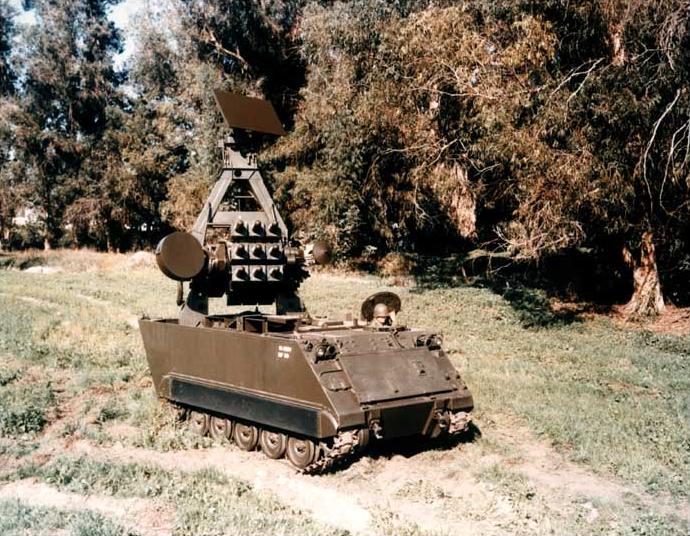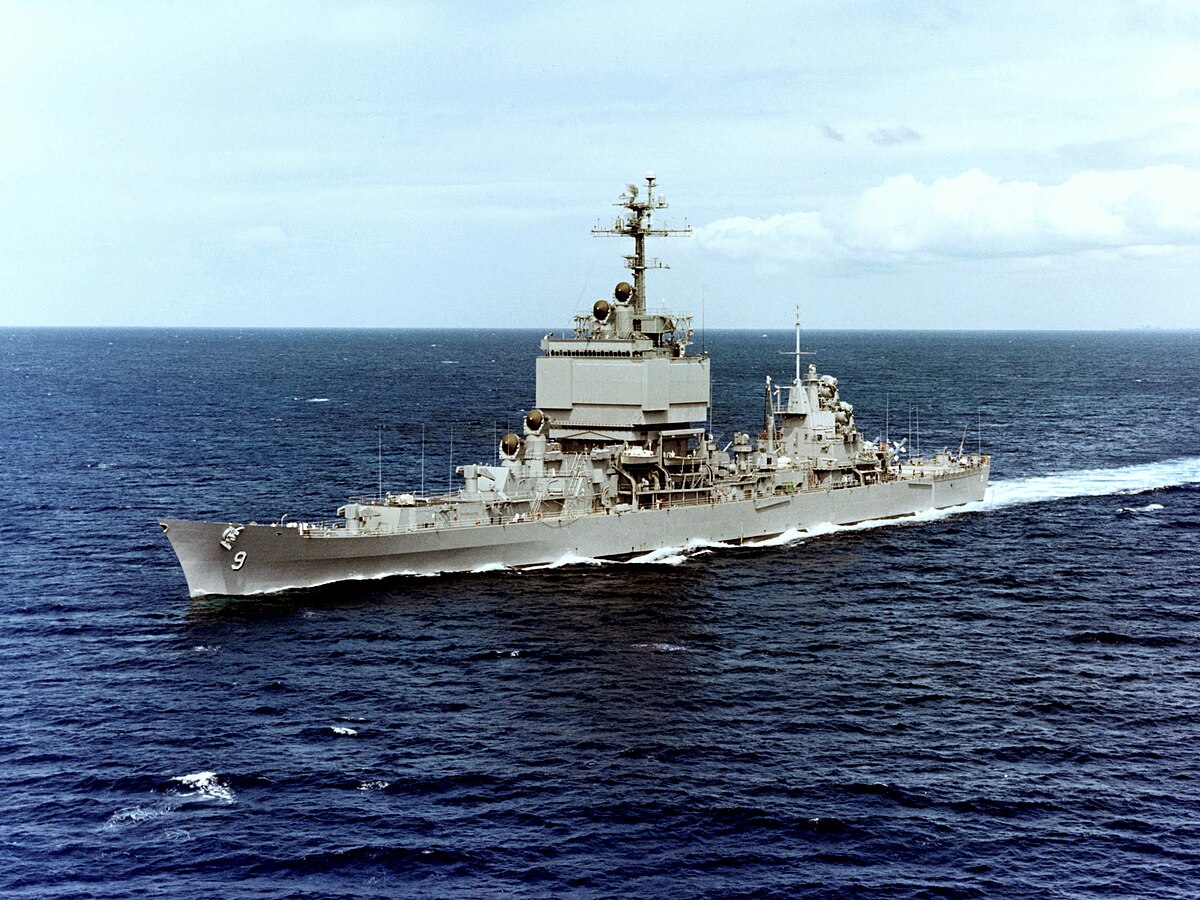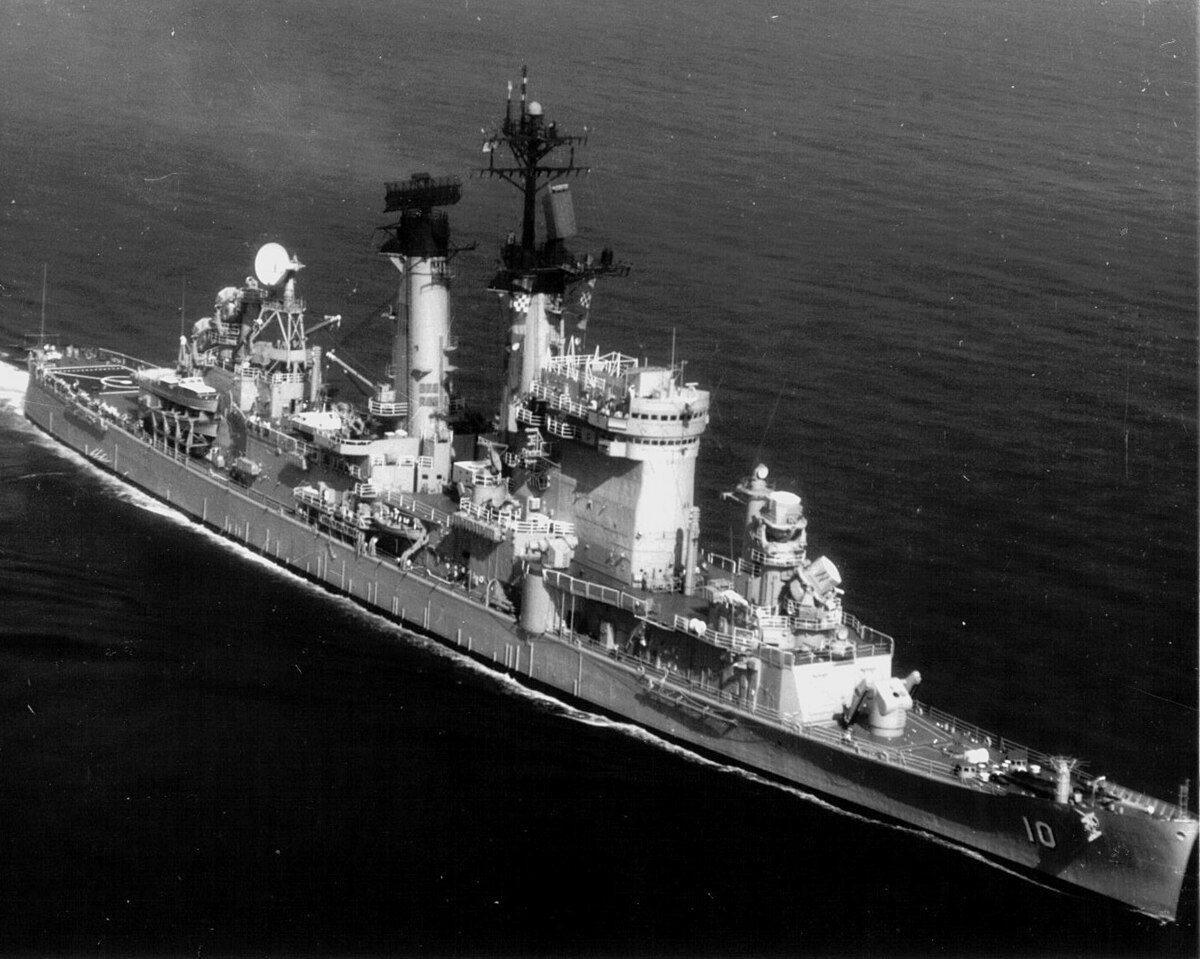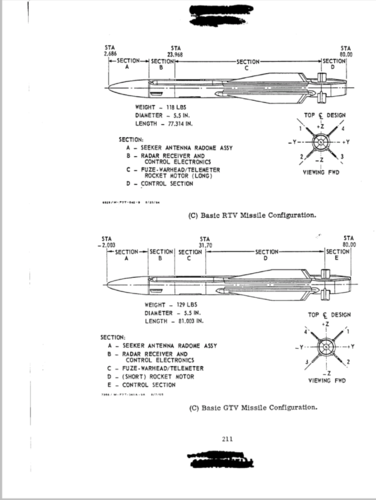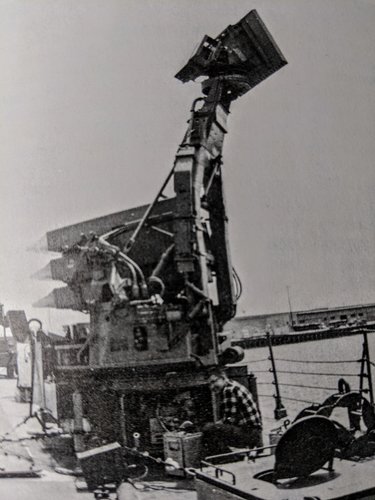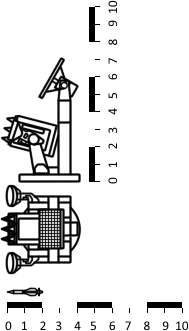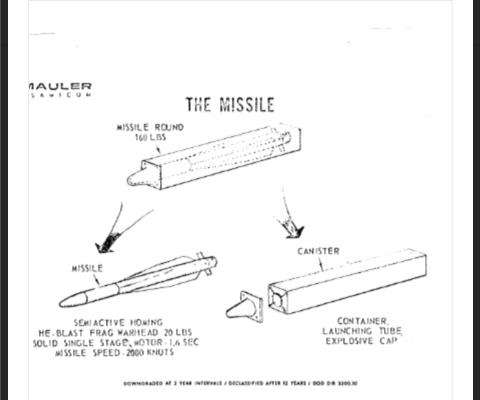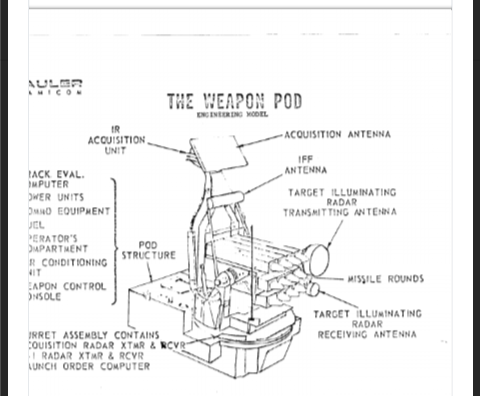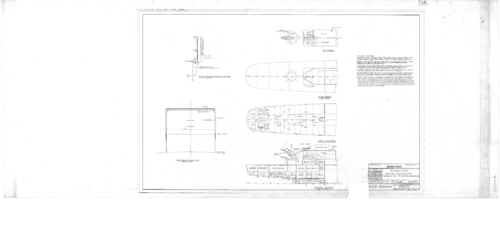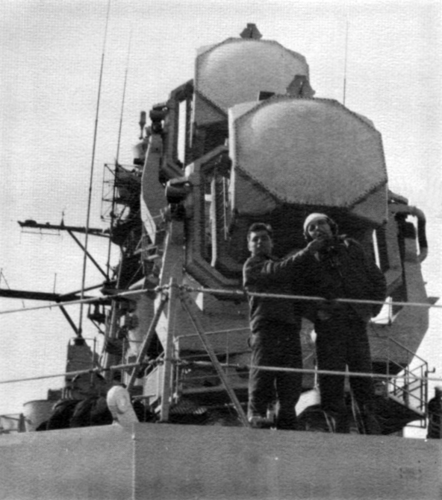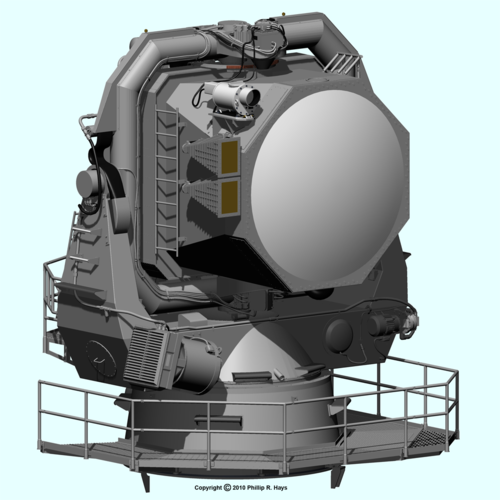- Joined
- 1 February 2011
- Messages
- 2,939
- Reaction score
- 3,624
Hello Guys!
Some of you might know me through my drawings of warships ( I draw mostly WW2 or WW1 but occasionally Cold war ones as well) and I wish to ask for your help!
I could use information about what kind of guidance radars are required for these missile systems:
RIM-2 Terrier
RIM-8 Talos
RGM-15 Regulus II
RIM-24 Tartar
UGM/RGM-27 Polaris I (RGM I assume for the surface ship launched version envisioned for a few projects)
RIM-50 Typhon MR and LR
If possible in chronological order as I know multiple radars were used during the lifetime of a missile system.
Drawings especially top-down ones would be the best both for Radars and for the launcher systems for these various missiles if anybody have them.
Some of you might know me through my drawings of warships ( I draw mostly WW2 or WW1 but occasionally Cold war ones as well) and I wish to ask for your help!
I could use information about what kind of guidance radars are required for these missile systems:
RIM-2 Terrier
RIM-8 Talos
RGM-15 Regulus II
RIM-24 Tartar
UGM/RGM-27 Polaris I (RGM I assume for the surface ship launched version envisioned for a few projects)
RIM-50 Typhon MR and LR
If possible in chronological order as I know multiple radars were used during the lifetime of a missile system.
Drawings especially top-down ones would be the best both for Radars and for the launcher systems for these various missiles if anybody have them.

